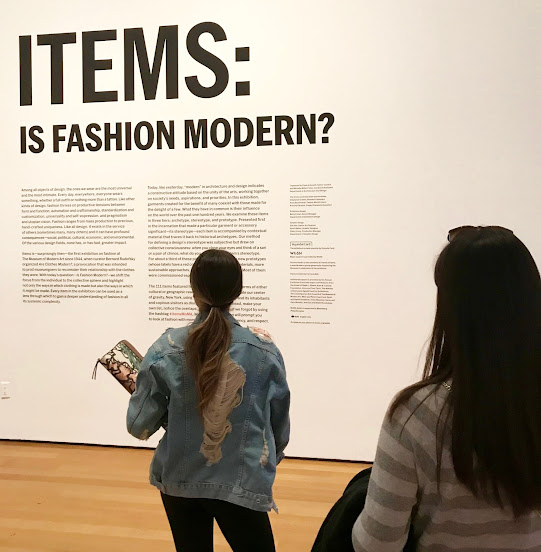(Drivebycuriosity) - Switzerland belongs to the richest countries in the world. The Swiss have a per capita income of $78,000, beating neighbors
Germany & France and even the USA
by far ( worldbank). This is somewhat surprising. The country doesn´t have oil and other raw materials (commodities) and is mostly covered with mountains which make agriculture very challenging.
I think there are 3 reasons for Switzerland`s wealth:
1. The Swiss have one very valuable resource: Human capital - talented people who are diligent and work hard. What makes them special? The Swiss are the descendants of alpine peasants & herders. These people lived in very harsh conditions and they struggled with an unfriendly environment. Large parts of Switzerland are covered with mountains. Farming is very challenging on steep mountain slopes which are over many months covered with snow.
In order to survive the Swiss had to work extremely hard and to use their meager resources very diligent. The harsh environment forced them to develop high work ethics and talents for craftsmanship & engineering. The evolutionary pressure coerced them to find new income sources and might have lead to today`s craft & industrial art and famous products like the Swiss Army Knife.
The tiny domestic market forced Swiss companies also to tap foreign markets and to export. The dangers of foreign protectionism were met by increasing specialization, scientific and technical progress, and education (more-intensive occupational training britannica). Today Switzerland is home to global companies like Nestle, ABB (engineering), Holcin (cement) Novartis & Roche (both pharmacy). It is not surprising that Finland & Sweden, which also have an unfortunate economic environment, belong to the wealthiest countries as well.
2. Switzerland has a history of armed neutrality. In the year 1499 Switzerland separated from the German federation, the Holy Roman Empire. The country did not participate in any war since 1815 (history). So the Swiss had enough time to accumulate wealth and they invested their talents into the economy and not into warfare. Switzerland´s peaceful history may be caused by luck but also could be the result of diplomatic skills developed from the Swiss`desire for freedom & neutrality.
3. The believe in self-determination and the emphasis on the rights of individuals created today`s political & economic climate which is liberal and business friendly (the European definition of liberal is different from the American and focuses on the rights of the individual). Switzerland has a somewhat direct democracy where many political decisions are made by their citizens, who vote in polls, and not by the government (similar to the classical Greek democracies). Recently they voted against a guaranteed basic income for everyone.
The focus on self-determination and the emphasis on the rights of individual created an overwhelmingly private sector economy (few government controlled businesses) with low tax
rates & regulations which encourages investment and economic growth. As a result Switzerland ranks at or near the top globally in several metrics of
national performance, including government transparency, civil
liberties, quality of life, economic competitiveness, and human
development (wikipedia). The emphasis on freedom, neutrality & the rights of individuals may also have led the fundamentals for the Swiss banking system.
I think Switzerland is a role model for many countries.


















































